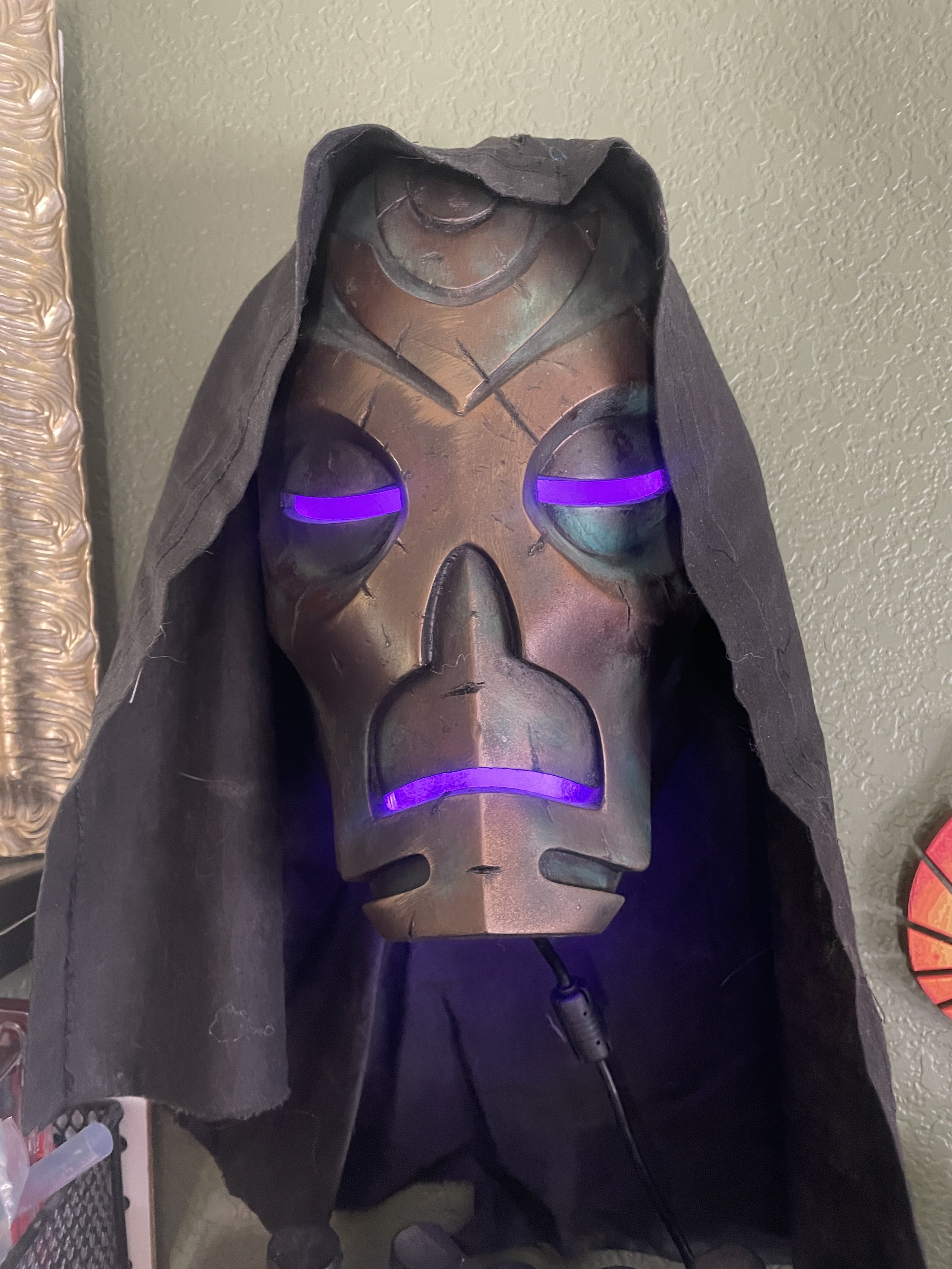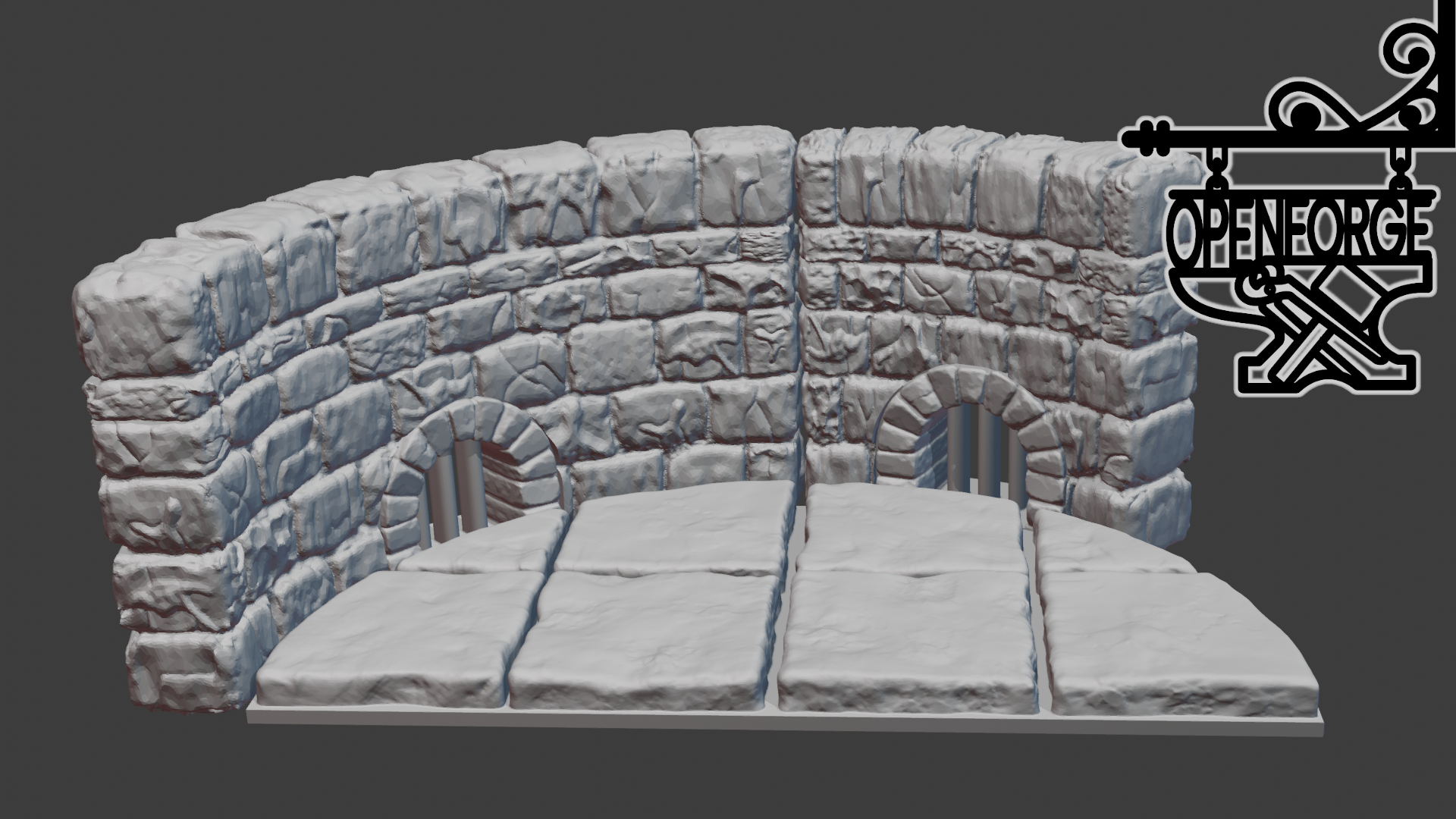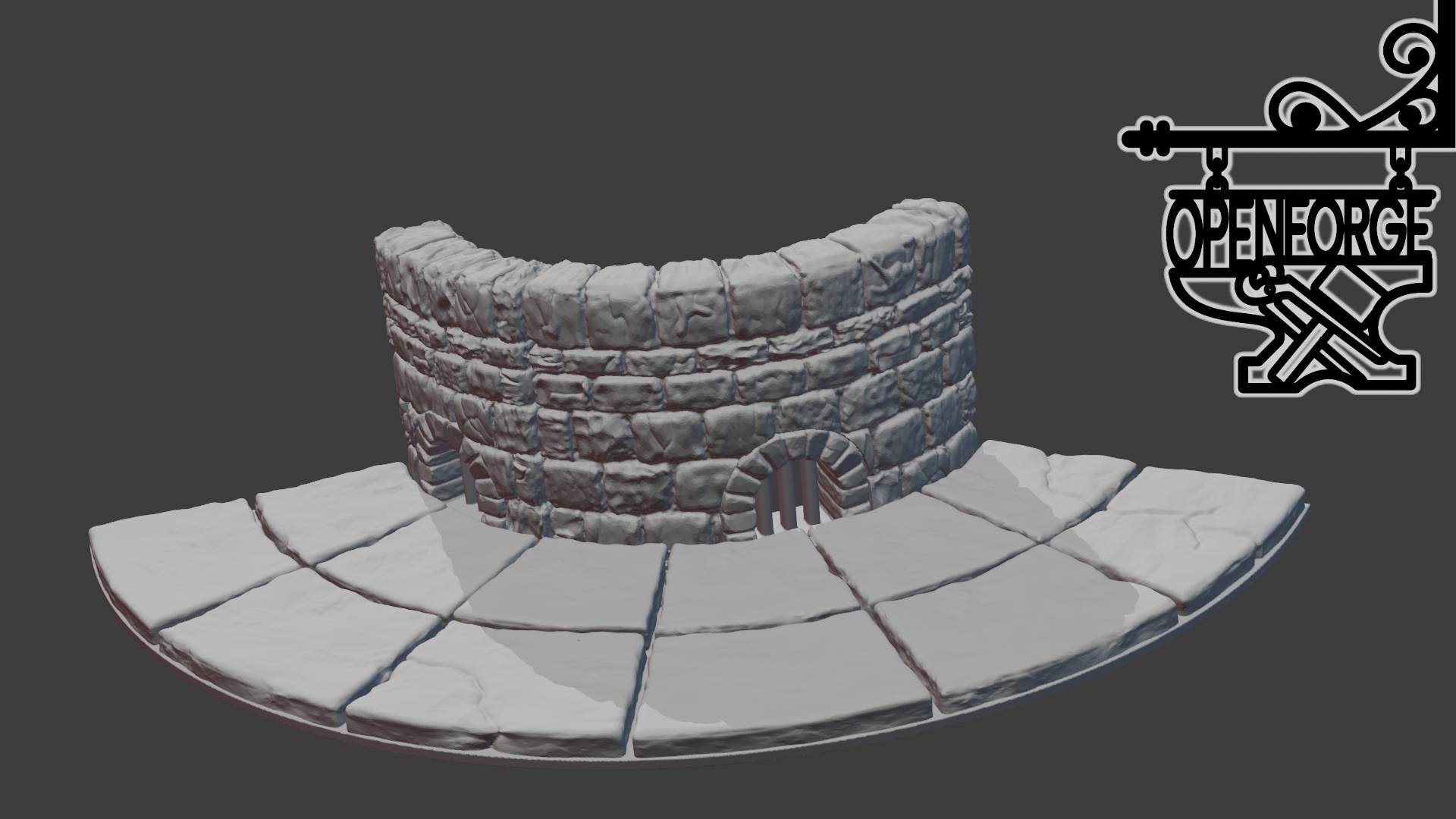Rendering of 3D-printable ossuary: wall and floor.
This is where the set starts to get interesting, no bones about it. We've got floors, columns for attaching corners, floor tiles cut for wall-on-tile and corners, and some special new bases (‘cause it’s all about that base).
Rendering of 3D-printable ossuary: walls, floor, column and base.
Devon created a new tile style that he’s calling s2w, which stands for "separate wall-to-wall” on tile. These parts make the necro set incredibly flexible. Take the corner, for example.
Make a standard separate wall 2x2 corner with the walls off of the tile. (2 A walls, 1 L corner, floor tile, 2x2 base)
Glue together a standard wall-on-tile 2x2 corner. You can use clips to ensure the corner wall and column positioning is perfect. (2BA corner walls, which have clips on only one side, the corner floor, and a standard 2x2 base)
The new s2w bases make it possible to truncate corner-floor tiles so you can make a detachable wall-on-tile-style corner. That's right — modular wall on tile. (2 BA walls with side locks or the corner ones, the s2w 2x2 corner base, and the corner floor cut)
The same applies to wall tiles. Make a standard separate wall, a wall-on-tile, or the s2w wall base, and use modular wall on tile to build your lair.
Grab the files:
Patreon
Thingiverse
MyMiniFactory
Files are available now via Dropbox to our Patreon supporters. Files are posted to Thingiverse and MyMiniFactory later, as time permits. Check back if you don’t see them right away.








